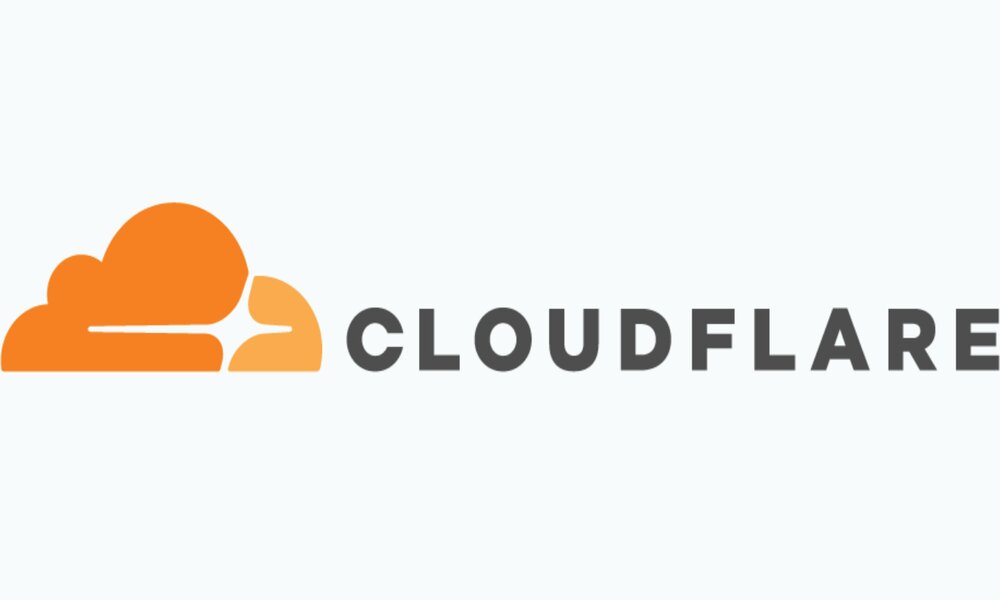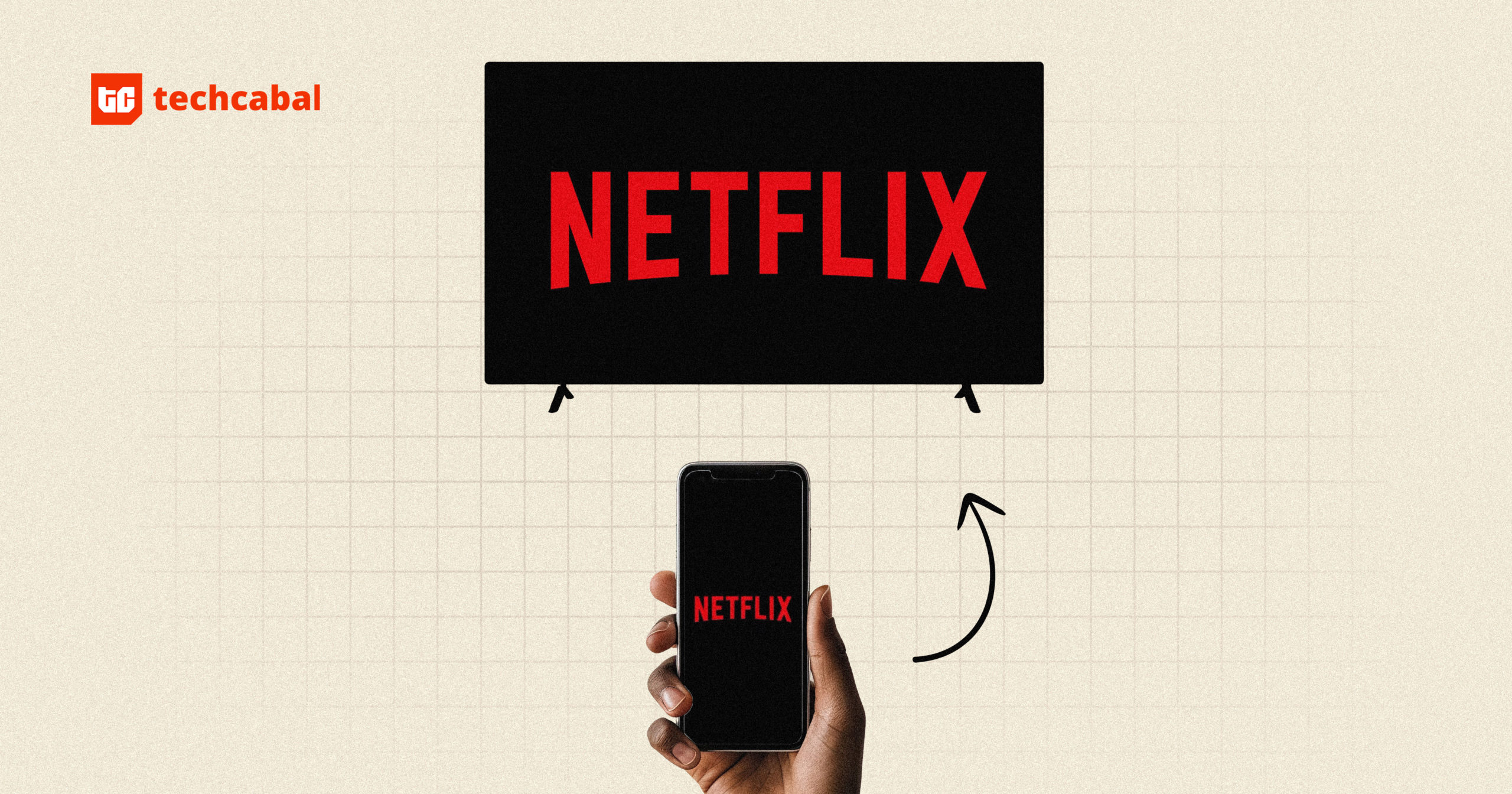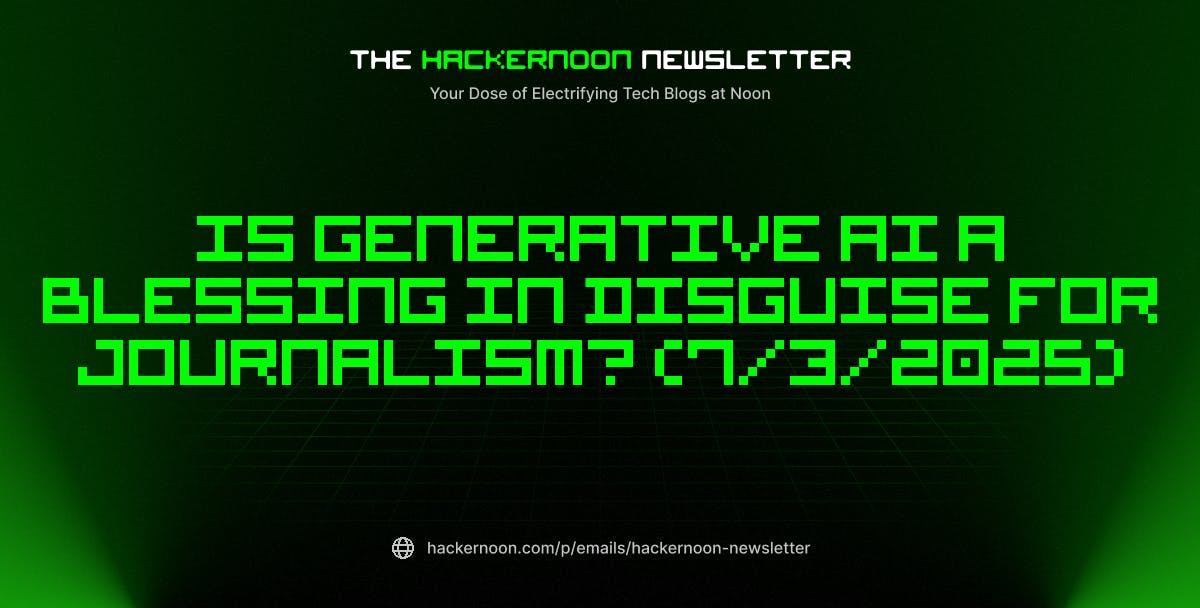Table of Links
Abstract/Zusammenfassung
Publications
Acknowledgements
CHAPTER 1: INTRODUCTION
-
Introduction
1.1 Overview of thesis contributions
1.2 Thesis outline
CHAPTER 2: BACKGROUND
2.1 Blockchains & smart contracts
2.2 Transaction prioritization norms
2.3 Transaction prioritization and contention transparency
2.4 Decentralized governance
2.5 Blockchain Scalability with Layer 2.0 Solutions
CHAPTER 3. TRANSACTION PRIORITIZATION NORMS
-
Transaction Prioritization Norms
3.1 Methodology
3.2 Analyzing norm adherence
3.3 Investigating norm violations
3.4 Dark-fee transactions
3.5 Concluding remarks
CHAPTER 4. TRANSACTION PRIORITIZATION AND CONTENTION TRANSPARENCY
-
Transaction Prioritization and Contention Transparency
4.1 Methodology
4.2 On contention transparency
4.3 On prioritization transparency
4.4 Concluding remarks
CHAPTER 5. DECENTRALIZED GOVERNANCE
-
Decentralized Governance
5.1 Methodology
5.2 Attacks on governance
5.3 Compound’s governance
5.4 Concluding remarks
CHAPTER 6. RELATED WORK
6.1 Transaction prioritization norms
6.2 Transaction prioritization and contention transparency
6.3 Decentralized governance
CHAPTER 7. DISCUSSION, LIMITATIONS & FUTURE WORK
7.1 Transaction ordering
7.2 Transaction transparency
7.3 Voting power distribution to amend smart contracts
Conclusion
Appendices
APPENDIX A: Additional Analysis of Transactions Prioritization Norms
APPENDIX B: Additional analysis of transactions prioritization and contention transparency
APPENDIX C: Additional Analysis of Distribution of Voting Power
Bibliography
4 Transaction Prioritization and Contention Transparency
In this chapter, we discuss the implications of our findings regarding the lack of transparency in transaction contention and prioritization. We also argue why our findings and implications would be relevant even in the face of recent changes to blockchain protocols, e.g., Ethereum Improvement Protocol (EIP) 1559 (Buterin et al., 2019a) and the Ethereum Paris Network Upgrade (a.k.a. the Merge) (Ethereum Foundation, 2022b).
The lack of transparency in both transaction contention and prioritization has not been thoroughly explored in the literature, resulting in a limited understanding of its implications. This thesis aims to address this gap by investigating the following research questions.
▶ RQ 1: To what extent are private relay networks prevalent in facilitating transactions prioritization? Given the rise of transaction attacks like frontrunning and sandwich attacks, it is reasonable to consider that transactions issuers may prefer sending their transactions privately to the miners to avoid such attacks. This research question aims to explore the current prevalence or widespread adoption of private relay networks as a means for issuers to achieve their goal of protecting their transactions. However, we also consider the potential downsides of private transaction inclusion, particularly in terms of the lack of transparency in transactions contention and prioritization. Thus, we investigate this research question to assess the overall benefits and drawbacks of these private relay networks to the broader blockchain ecosystem.
▶ RQ 2: Are private transactions preferentially treated by miners? This research question aims to investigate if miners provide preferential treatment to private transactions. Private transactions offer guaranteed payments (or fees), whereas fees for publicly issued transactions are available to any miners willing to include them. We hypothesize that miners would likely offer preferential treatment for private transactions due to their guaranteed payment nature. To address this research question, we conducted an active experiment to assess whether miners exhibit preferential treatment towards private transactions in the context of Ethereum blockchain.
▶ RQ 3: To what extent do transaction bundling practices occur? Do they include public transactions? This research question focuses on exploring the frequency and characteristic of the transaction bundling practices, particularly the inclusion of public transactions, in order to exploit MEV opportunities. Arbitrageurs may have an incentive to create Flashbots (Flashbots, 2022a) bundles that combine both private and public transactions to capture the financial opportunity derived from the execution of public transactions. It is worth noting that the fees associated with private transactions remain private to the relay and the miner until the transactions within the bundle are included in a block. Hence, we investigate the types of public transactions included in these bundles and the specific contracts they call. Additionally, we also investigate the revenues earned by miners from accepting these bundles. This analysis is crucial for advancing the transparency goals of blockchain systems.
▶ RQ 4: Has there been collusion among miners to prioritize transaction inclusion? This research question focuses on examining whether miners engage in collusion to prioritize the inclusion of transactions. For instance, if an issuer sends a transaction to a particular miner, we aim to investigate whether other miners share this transaction to accelerate or prioritize its commitment. If such collaboration exist, it suggests that miners may cooperate not only to accelerate transactions but could also potentially censor specific transactions if they choose to do so. To address this research question, an active experiment was conducted in the context of Bitcoin.
These research questions are key to investigating the impact of the lack of transaction contention and prioritization in both Bitcoin and Ethereum blockchains. They allow us to explore the prevalence and extent of private relay networks or acceleration services currently in use within these blockchains. Furthermore, by examining whether miners collude to prioritize transactions, we gain insight into potential trust issues within blockchains. For example, this collusion can undermine the trust in the blockchain system, as miners could also censor transactions if they choose to. Next, we discuss our methodology, our findings, and the implications.
Relevant publication
The results presented in this chapter have been published in (Messias et al., 2023a).
Author:
(1) Johnnatan Messias Peixoto Afonso













